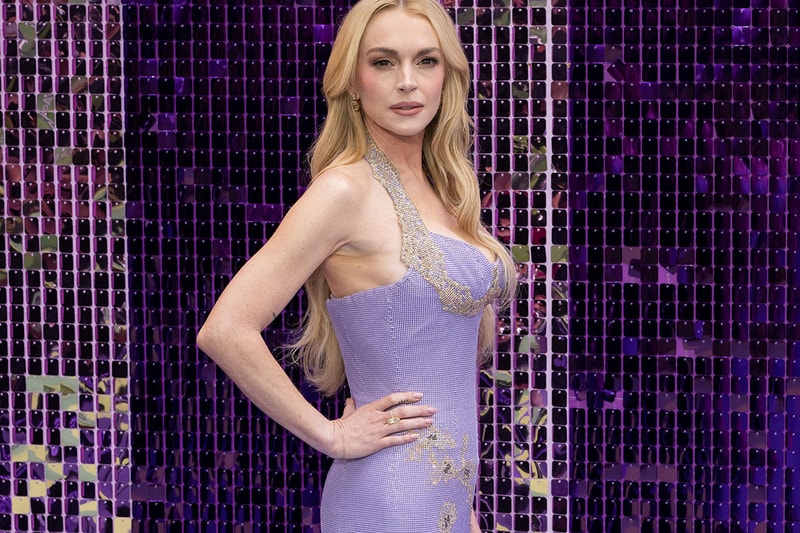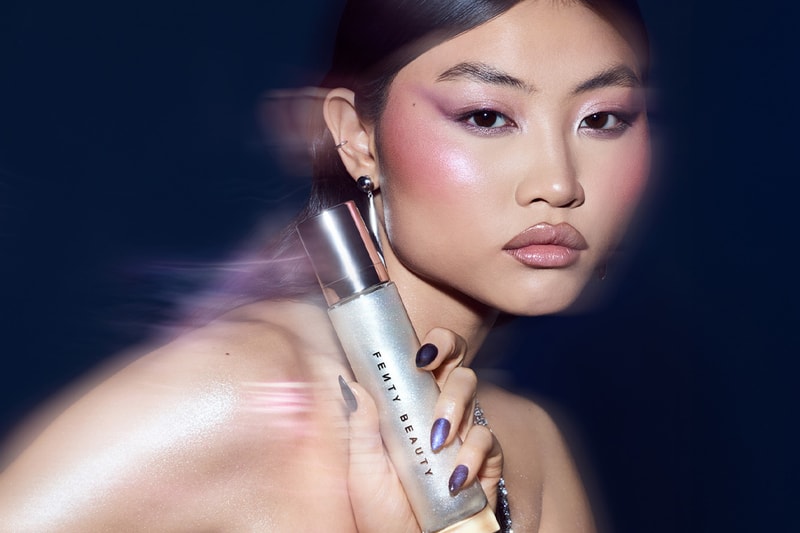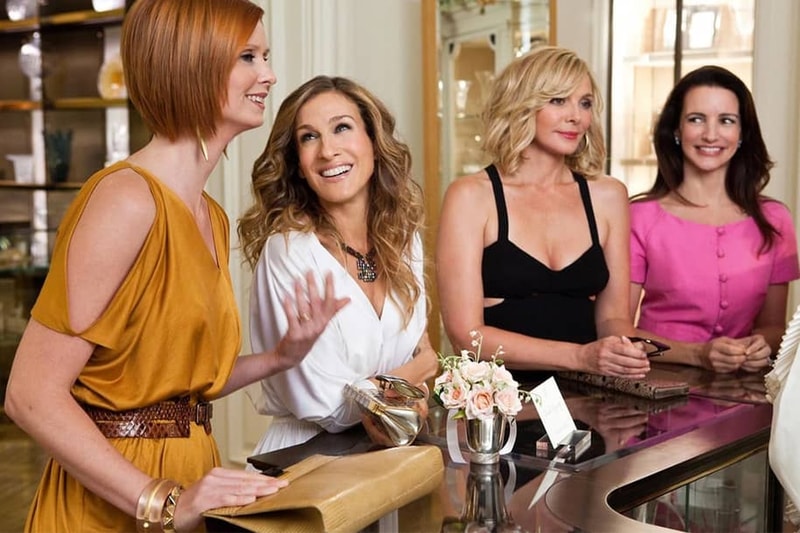We Need to Talk About South Asian Appropriation in Fashion
info@hypebae.com (Hypebae) Fri, 01 Aug 2025 Hypebae
South Asian artistry is having a moment in fashion, only it's not being credited for it.
From the "Scandi scarf" trend to Prada's recent Kolhapuri leather sandals, there have been several times this year when we've seen major brands and designers take inspiration from India's craftsmanship and culture. But there's a big difference between appreciation and appropriation, as many of us know, and this isn't the first time it's happened.
Appropriation has been happening for a long time, particularly in fashion. Let's not forget, wearing bindis was once shamelessly rebranded as "festival style" and turbans have appeared on the runway several times already.

"Appropriation happens when there's a power imbalance, when dominant cultures borrow from marginalised groups without acknowledgement, context or engagement," explains curator Priya Khanchandani, who recently worked on the Design Museum's "The Offbeat Sari" exhibition. "It isn't just about who makes it or who wears it, but about how histories are erased, repackaged and rebranded for profit," she continues.
Given the recent incidents, you'd be forgiven for feeling like cultural appropriation, particularly where India is concerned, is on the rise. "India has always had incredible craftsmanship, rich textile traditions and serious design talent; none of that is new. What is new is how all of this is finally being documented, acknowledged and celebrated on global fashion platforms," Cultural Strategist Parisa Parmar tells us.
Along with globalization and an increased economic growth in India, social media is undeniably one of the core contributing factors, with brands and creators often bypassing culture, heritage and tradition in favor of TikTok virality and financial gain.
"[Social media] platforms have made aesthetics from all over the world go viral in seconds. You'll see cherry-picked elements pulled from a culture because they're seen as cool or flattering in today's fleeting trend-led landscape, but it's usually done in a way that ignores the deeper significance of the origins because that won't be relevant when the next trend cycle emerges." Parmar continues.
"When brands get involved, they've got the resource power to take those elements and package them into something desirable for the wider Western consumer market," Parmar notes, and sometimes, brands get it right.

Take Pharrell's Louis Vuitton SS26 showcase as an example. LV worked with Indian architect Bijoy Jain to design the show's set, also tapping him up to star in the campaign. Pharrell also worked with Indian composer A.R. Rahman to create the soundtrack, a perfect way to both honor and involve the people behind the culture being celebrated.
"It was a beautiful example of what it looks like, not only to be inspired by South Asian design and craft, but also to integrate the culture into every aspect of the creation and marketing process," Stylist Reva Bhatt notes.
"Their team spent time in India getting to know the creative community that is creating and globally culturally impactful work. That is how we want to see big institutions engage and work with us," she adds.
Louis Vuitton isn't the only brand that's tapped into South Asia for inspiration in recent months. In the last year alone, we've seen a collaboration between Diljit Dosanjh and Levi's (India), Gucci creating a custom sari for Alia Bhatt at Cannes and Nike dropping its first partnership with an Indian brand.
However, intention and execution are crucial factors to consider and this is often where the issue lies. "Tributes and collaborations can be truly meaningful when they are rooted in genuine respect, thorough research and active involvement from local experts and creators," according to Parmar. "The harm arises when cultural elements are borrowed without understanding, proper credit or context, reducing rich traditions to mere aesthetic trends, shifting the focus from cultural appreciation to appropriation." See the so-called "Scandi Scarf" trend, popularized on TikTok and resulting in countless dress and "scarf" combinations from creators and brands.

"It's hilarious to me, in a way, that South Asian fashion can be adopted so visibly, and yet be completely unacknowledged and framed as being a 'Scandi' trend, not least because their aesthetics are so different. As a community of South Asians, we've acquired some privileges internationally, but we're still so sidelined from mainstream culture. It's astonishing that even when our culture is referred to, it's so often erased and detached from its roots," Khanchandani shares.
After the "Scandi Scarf" came Prada's leather sandals, or, as the South Asian community would call them, Kolhapuri chappals. "I was shocked to see Kolhapuri sandals, which I've always bought from makers in Maharashtra and worn since I was a girl, being sold by a design brand without acknowledging their origins," Khanchandani recalls.

Now, are we saying that a person outside of the South Asian community can't wear a scarf with a dress or a specific style of sandals? Not at all. But it is important to recognize where these styles started, and how they might not have been considered "cool" or "trendy" when the South Asian community wore them first.
When you come from a family of immigrants who enter Western countries and are shamed for their accents, their clothing or the smell of their food, it's no wonder that when these very same things become widely accepted into Western culture, only without the culture that started it, it stings a little.
It sends a message that these traditional styles can only be appreciated when they're stripped of context and palatable to a Western audience. That's when they're cool. That's when they go viral. And that is when it's acceptable to be proud of them.

"For a long time, fashion and beauty standards were shaped by Eurocentric ideals. That created a pretty narrow lens for what was considered desirable or aspirational," Parmar notes, which, unfortunately, still continues to be the case when incidents like this occur.
Fashion is intrinsically linked to the world around it, and that includes culture, politics and religion – whether we want it to or not. It has the potential and power to put an entire community of people on the map and change perceptions through its links to celebrities, major runway moments and now social media. So when it fails, there's a fallout, but now, more of us can hold fashion accountable.
After Prada was called out online, the brand acknowledged the reference and even went as far as to travel to India to meet with the artisans who design these very shoes. "[That moment] showed how South Asian voices are increasingly speaking up and using their platforms to shift the narrative. There is a clear enthusiasm for South Asian design internationally, but it often arrives through the wrong gates – through luxury fashion houses rather than from the craftspeople themselves, who are often unnamed or unseen," Khanchandani adds.
Ultimately, we know cultural appropriation has been around for a long time, and continues to occur in the fashion industry, but when other luxury brands can draw from our culture and credit correctly, it does go to show that it's really not that hard...







